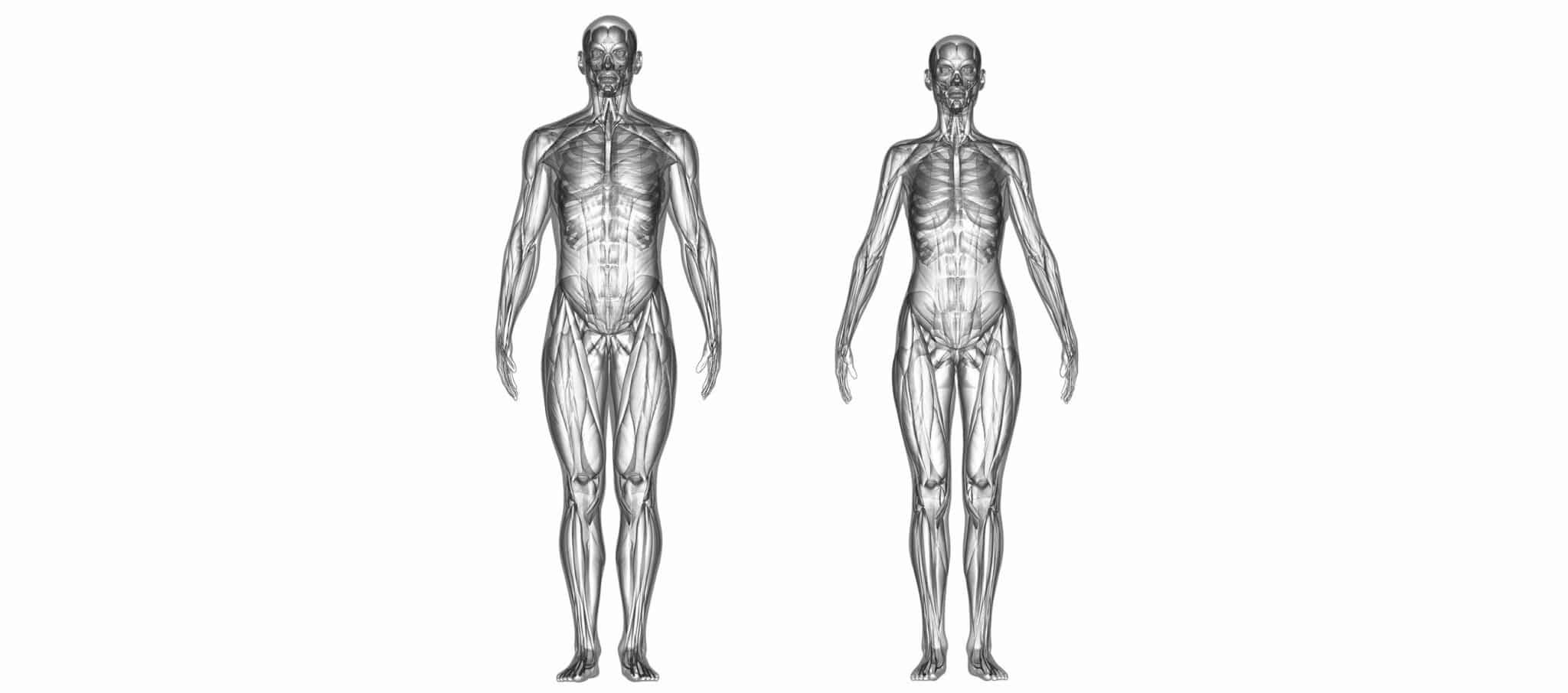Two types of bone graft
Autografts
The surgeon harvests a bone graft from the patient’s own body, from a site where the bone is easily renewed (fibular), or an area where it will not cause any major problems (iliac crest, rib or tibia), before reimplanting it in the lesion.
Harvested from the patient, the characteristics of the graft are similar to those of the implant site. This procedure therefore generally enables good healing and minimizes the risk of rejection.
In addition, the grafts do not normally need to be grafted with their blood vessels. However, in the context of an autograft, it is possible to reimplant vascularized grafts, which have the advantage of healing more rapidly and adapting to the implant site. For example, when a fragment of vascularized fibular is grafted to replace a portion of femur, a graft with almost the same diameter as the bone removed is obtained within a few months.
Allografts
When an autograft is not possible due to age, the patient’s general state of health or the location of the damage, the surgeon can perform the operation with a graft from a tissue bank. These grafts are harvested from brain-dead patients, and more recently in cardio-respiratory arrest, or from patients who have had a piece of bone removed during the placement of an implant, for example. These bone fragments are then conserved in a tissue bank for reimplantation in other patients. The process is extremely safe these days and the risk of contamination due to a graft is practically zero.
The grafts implanted within the context of an allograft, do not generally have the same characteristics as the patient’s cells, and even if cell compatibility between the donor and the receiver is not required, there is still a risk of rejection. Nevertheless, unlike patients who have had an organ transplant (heart, kidneys…), rejection treatment is not required. In addition, these grafts are always comprised of dead cells. Consequently, apart from the risk of rejection, there is a greater risk of poor healing that in some cases can result in fractures.
Autografts provide the best prospect of success. Nevertheless, an allograft remains an interesting alternative when an autograft is not possible.
Xenografts and artificial bone or biomaterial grafts, although still in the experimental stage, are an area of active research. They would enable a greater number of patients to undergo grafts, as there are not enough grafts in the tissue banks to treat all patients.
Indication of bone grafts
Bone cancer
The operation consists in removing the bone tumor or even the entire bone in question, then reconstructing the bone using a graft. This procedure has enabled a clear improvement in the vital prognosis of these patients and the possibility of not having to systematically resort to amputation.
Osteoarthritis
With advanced osteoarthritis, the joint cartilage is partially or totally destroyed. It no longer ensures its protective role and can thus result in damage to the underlying bone. At this stage, an implant is generally indicated. For this, it is necessary to repair the damaged bone using grafts before the operation.
Revision joint replacement
Joint implants generally have a long life span. However, it is sometimes necessary to replace them as a result of normal wear or if there is a dysfunction. It is thus essential to determine the causes, which can be multiple and concern different parts of the joint (tendons, muscles…). When it concerns peri-implant bone, a bone graft can be indicated before placing the new implant.
The bone can also be damaged when a cemented implant becomes loose. Again, it will be necessary to repair the bone before placing the new implant.
Athrodesis
The definitive welding of a joint (notably performed to treat lumbar osteoarthritis) can be achieved in part with a bone graft.
Fractures
With serious traumas, fractures (particularly caused by crushing) can result in significant loss of bone. When it leads to disability, it is possible to carry out a bone graft to fill the bone lesions.
Maxillo-facial surgery
In the context of maxillo-facial surgery, it is sometimes necessary to use a bone graft before a dental implant.
Operation and convalescence
A bone graft is carried out under general anesthetic. In general, the graft is harvested and reimplanted (in the case of autografts) during the same operation. Once the graft is positioned, the surgeon fixes the graft by osteosynthesis, using screws and metal pins that can usually be removed after healing.
Convalescence
The period of convalescence varies according to the surgical site, the extent of the graft and its healing capacity.
In the same way as with fractures, it is not possible to mobilize the grafted limb while the bone tissue heals. The limb will therefore be immobilized in a plaster cast or splint for 3 to 6 months. However, the immobilization can be flexible. For example, with a lumbar arthrodesis requiring a bone graft, patients must wear a lumbar brace during the day for support rather than immobilization.
Rehabilitation
As soon as the lesions have healed, functional rehabilitation is initiated in order to increase muscle mass, weakened due to the immobilization, and restore the functional capacity of the limb.

